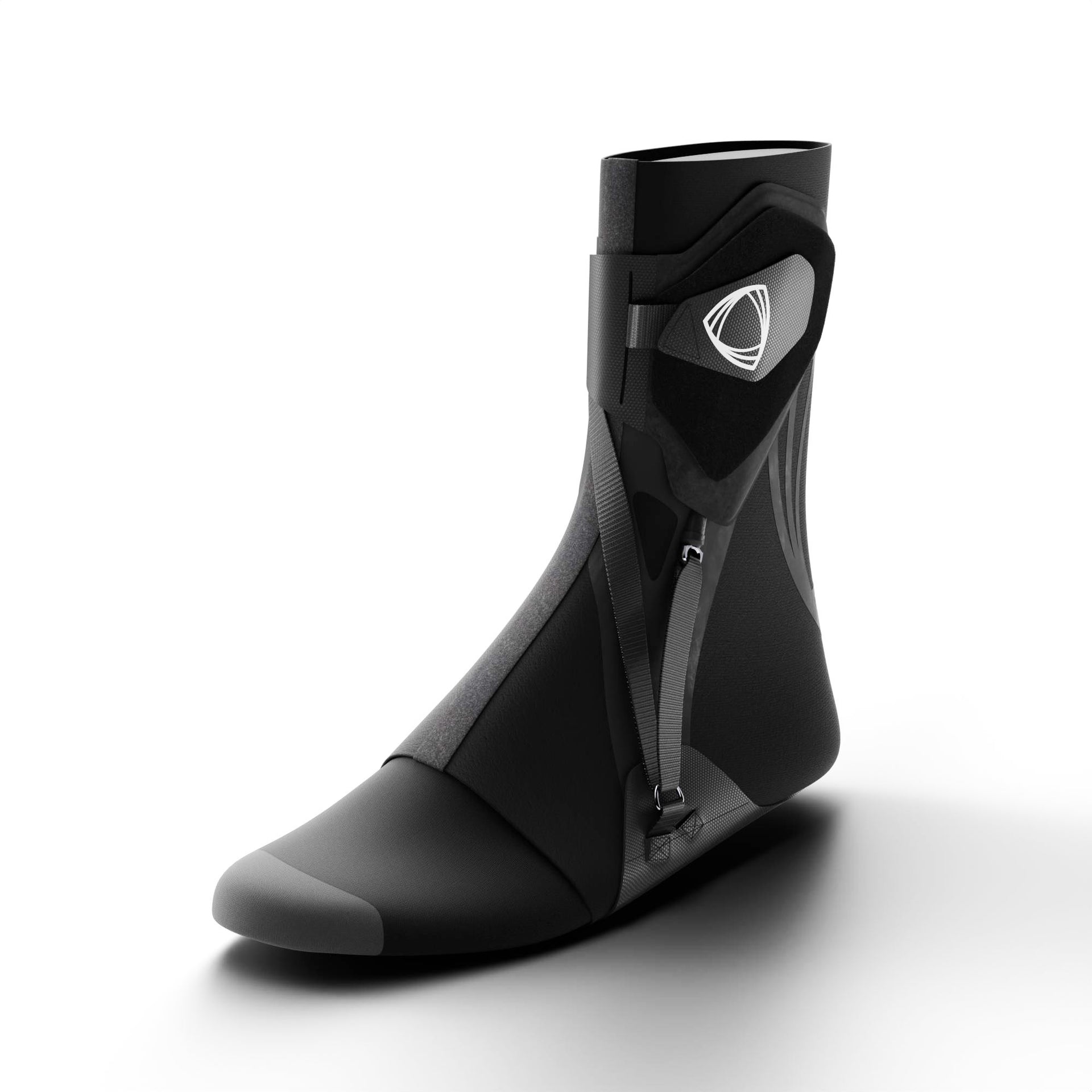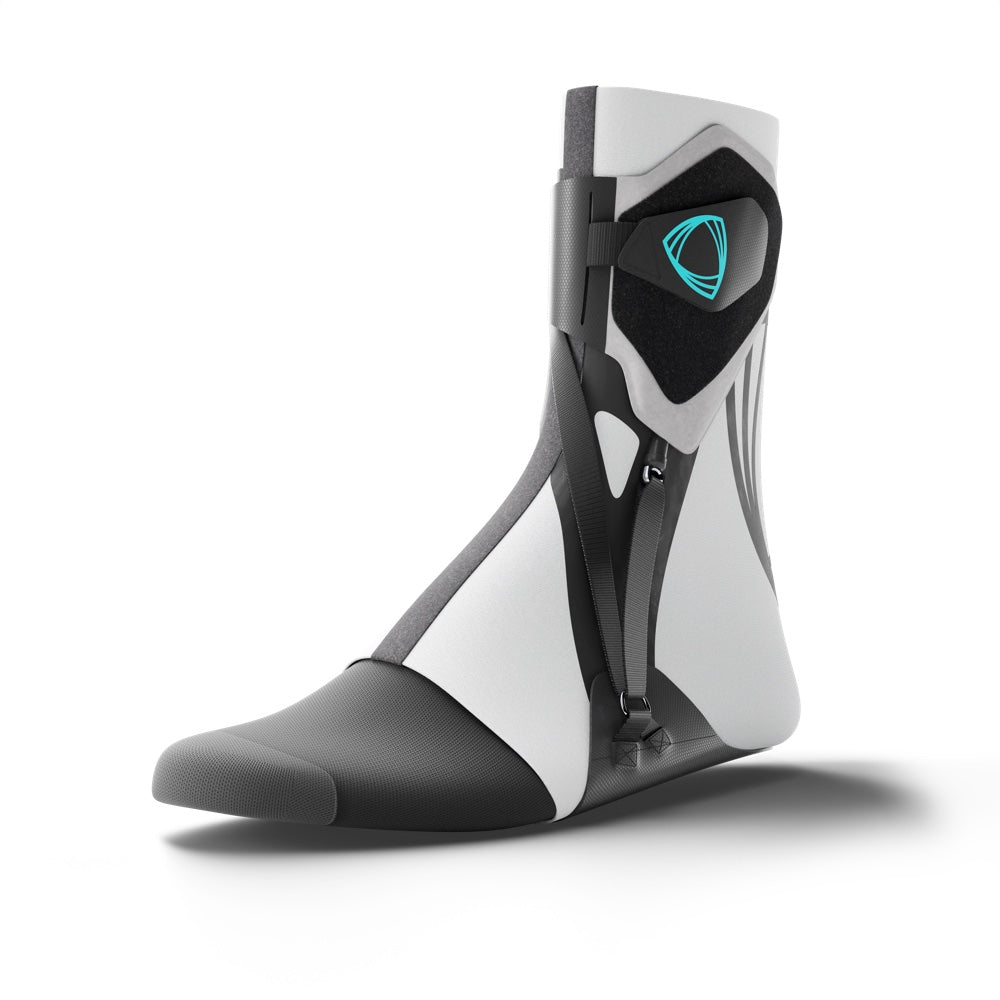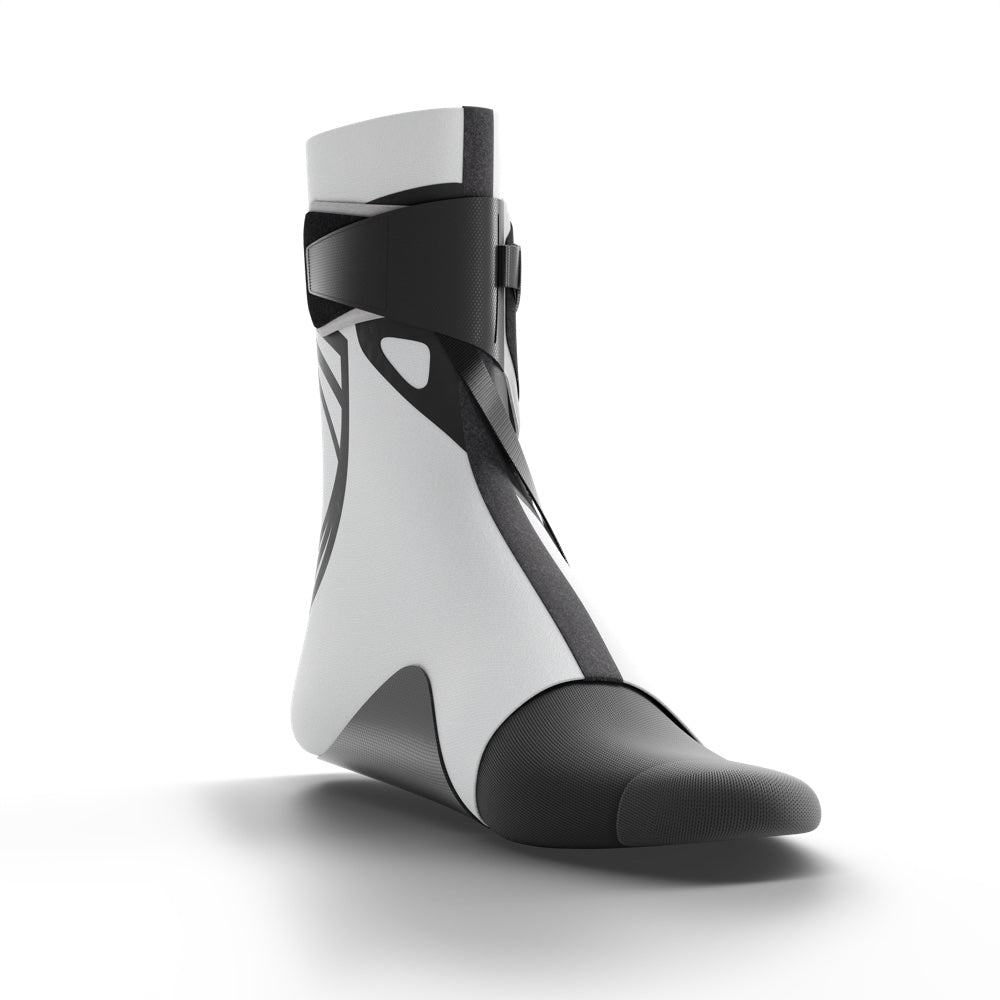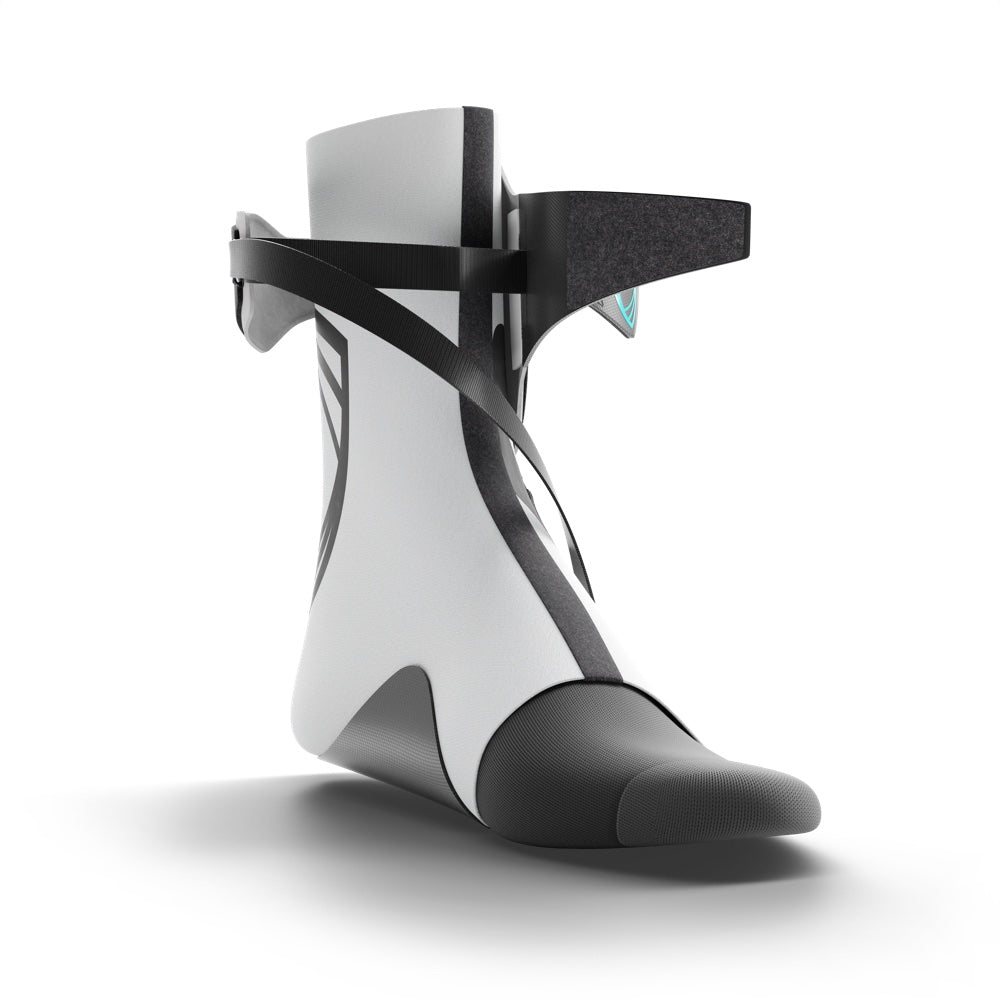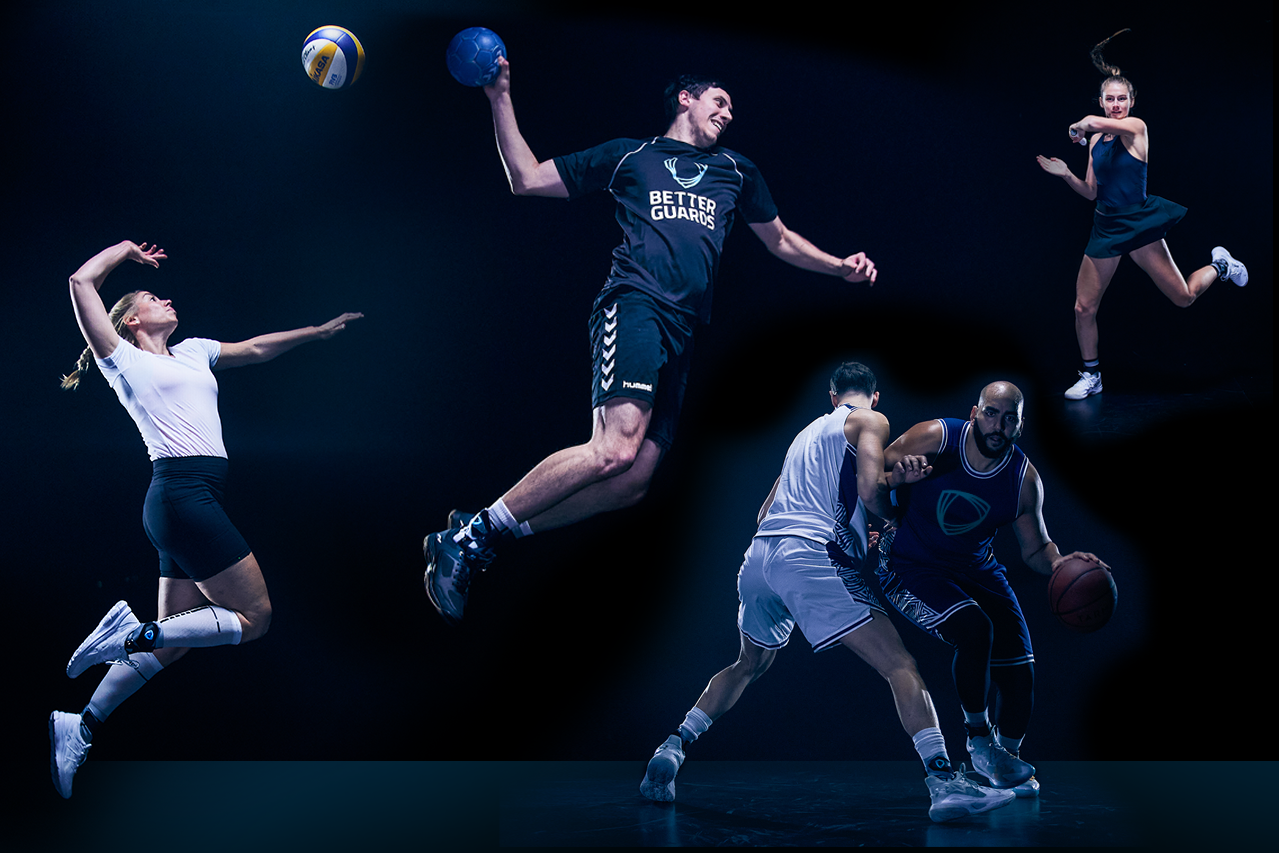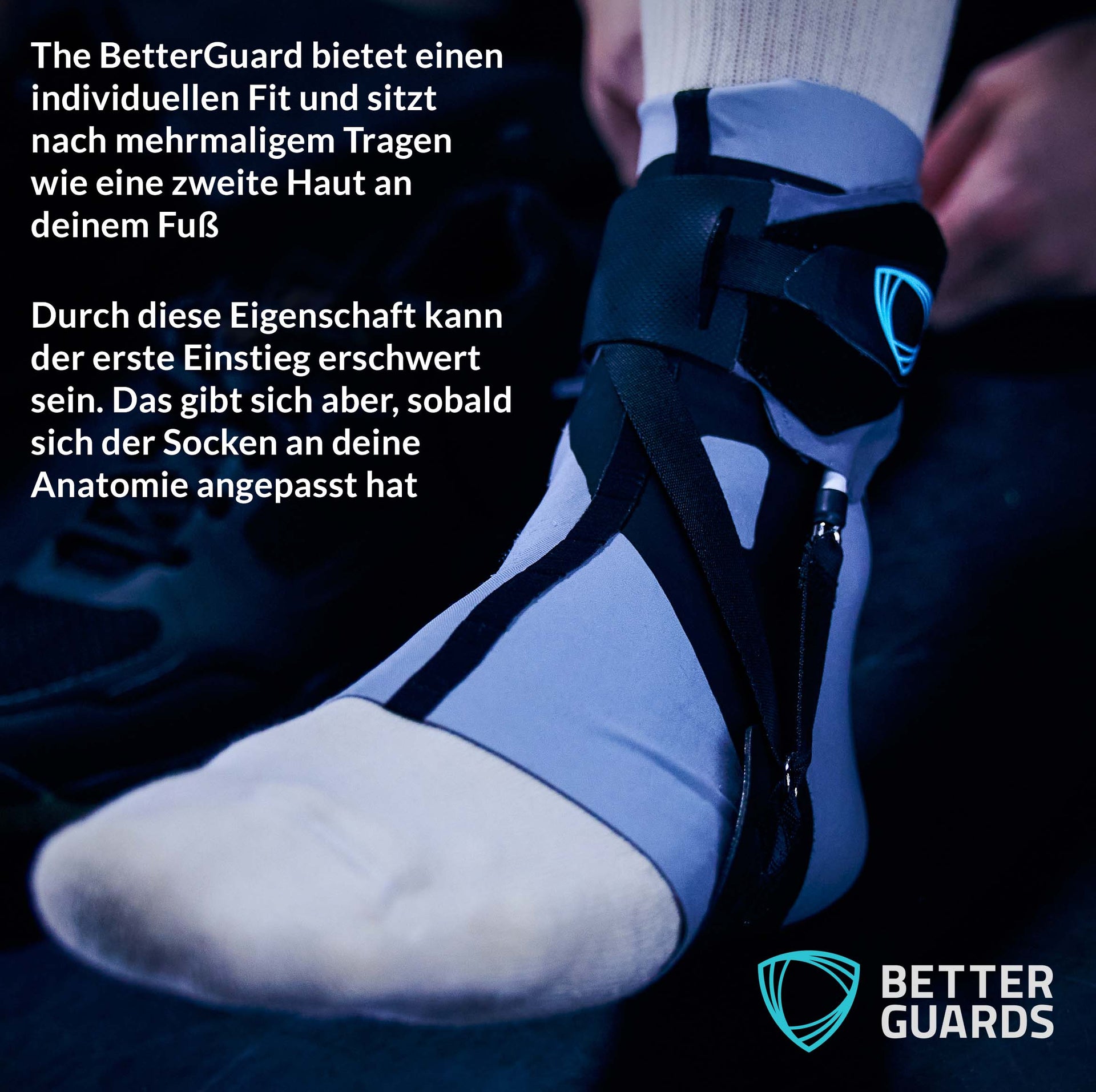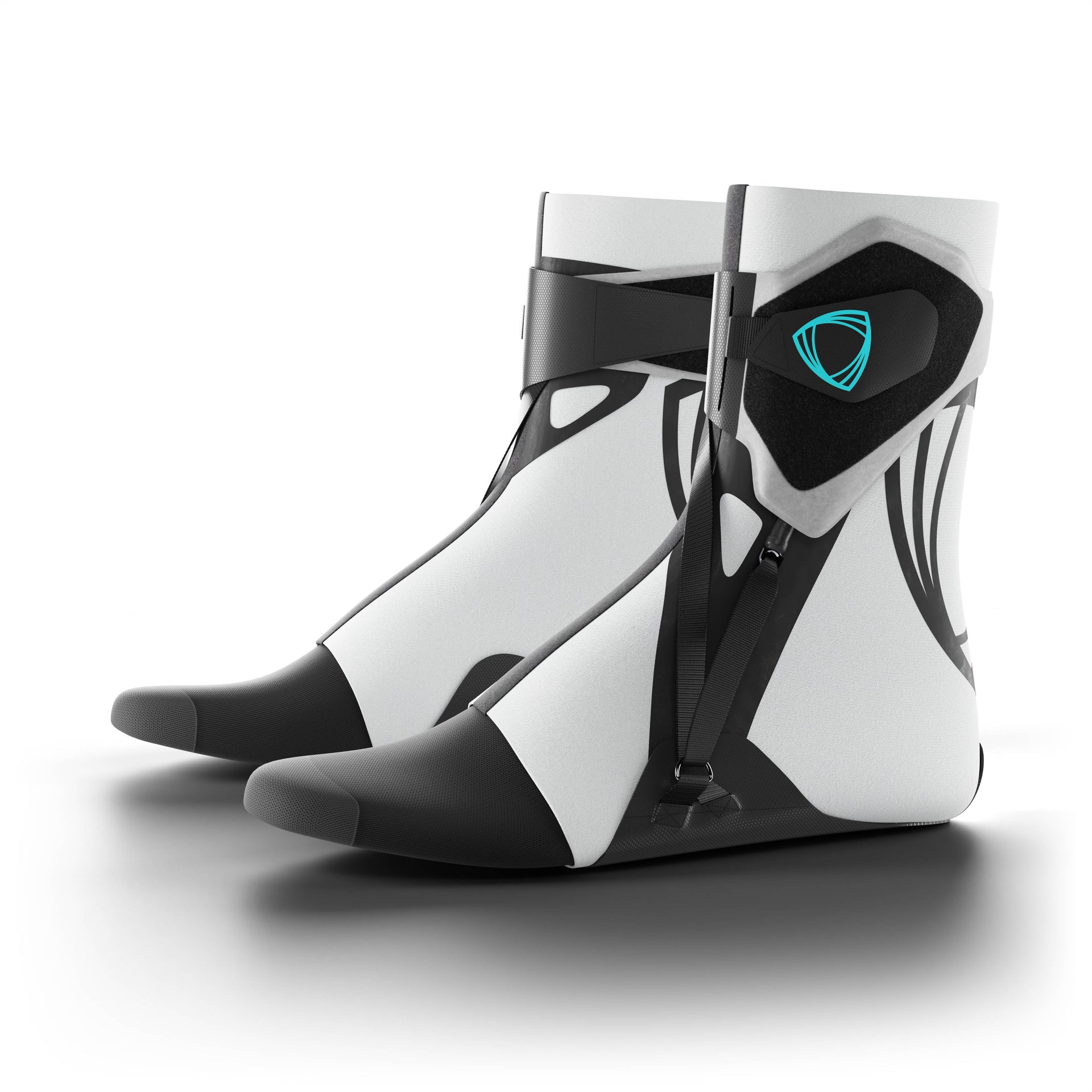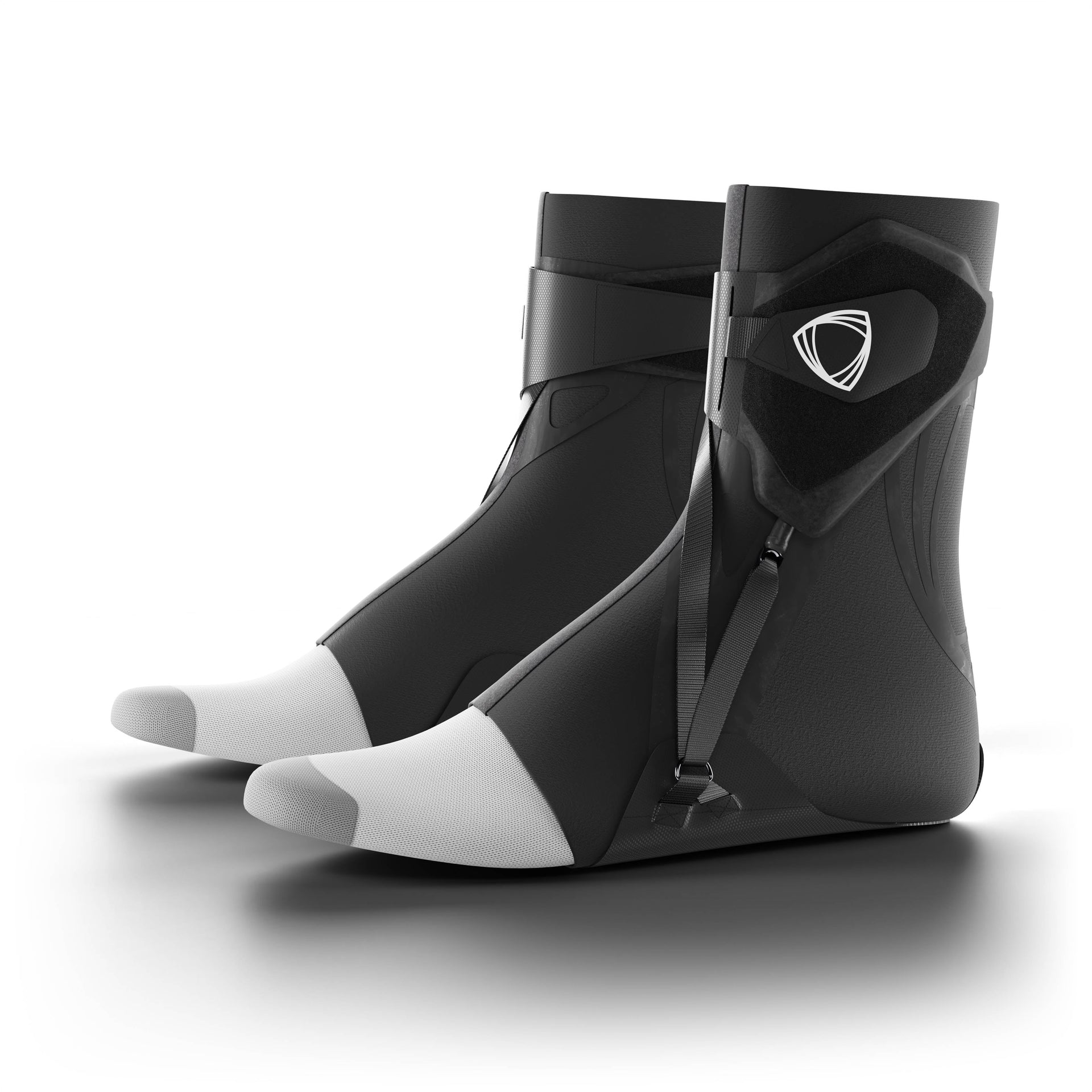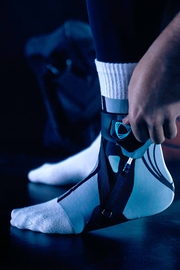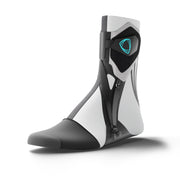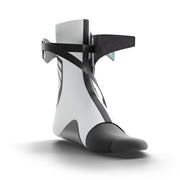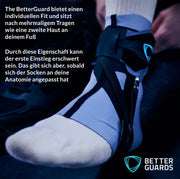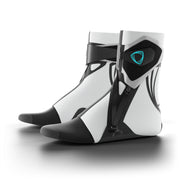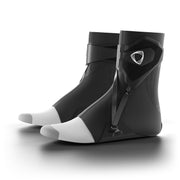
Why high ankle sprains and low ankle sprains are the plague of athletes
In sports, where every step and every move matters, ankle sprains can be the ultimate game-changer. Ankle injuries, including high and low ankle sprains, have long plagued athletes, coaches, and sports medicine professionals. Not only are they the most common injuries in sports like basketball, football, soccer, and volleyball, but they can sideline players for weeks or even months, affecting their performance and team dynamics.
In the NBA alone, ankle injuries are the number one most common injury, accounting for 53% of games missed. In any given season, 25% of players sustain an ankle injury during the season, according to the league. In the NFL, 1/10 ankle injuries are career-ending.
Every fan is familiar with the painful sight of watching their team’s best player sitting on the floor, grimacing, holding their foot in pain. Despite all the time and money lost to ankle sprains, they’ve proved frustratingly unavoidable… for now.

Understanding ankle sprains
Ankle sprains occur when an athlete steps or lands awkwardly, twisting or rolling their ankle. These injuries can be excruciatingly painful and debilitating, causing pain, swelling, and reduced range of motion in the affected joint. Ankle sprains can be broadly categorized into high and low ankle sprains, each with challenges and implications for athletes.

High vs. low ankle sprains
Let's begin by unraveling the mystery behind a high ankle sprain vs. a low ankle sprain:
Low ankle sprains
Low ankle sprains, also known as lateral ankle sprains, are the more common of the two. According to Hashtag Basketball’s database, which tracks the causes of the 4,000-plus times NBA players have missed games since 2010, only one injury has been a more common culprit than “sprained right ankle”: sprained left ankle. Over that time, ankle injuries cost players 15 years of action.
Low ankle sprains occur when the foot turns inward. Sudden lateral inversion or supination movements cause the ligaments in the ankle on the outer side to stretch or tear. Athletes often experience immediate pain and swelling, making it difficult to bear weight on the affected foot.
High ankle sprains
On the other hand, high ankle sprains are less frequent but can be equally severe. These injuries occur when there is damage to the syndesmotic ligaments in the ankle, which connect the tibia and fibula (the two bones in the lower leg) above the ankle joint. A syndesmotic injury is often the result of external rotation of the foot and ankle and can be harder to diagnose due to its location.
The impact on athletes
High ankle sprains are notorious for taking longer to heal than their low ankle counterparts, and this extended recovery time can profoundly impact athletes and their teams. A high ankle sprain can sideline a player for weeks or even months, leaving a void in the lineup that can be challenging. The longer recovery time and the risk of reinjury make high ankle sprains a nightmare for athletes and their coaches.
Low ankle sprain recovery time
Low ankle sprains typically have a shorter recovery time. While it's possible to recover from an ankle sprain in as little as 48 hours, recovery times often range from a few days to a few weeks.
High ankle sprain recovery time
However, high ankle sprains can require several weeks to several months of rehabilitation before an athlete is fit to return to the court or field. This prolonged absence can be mentally and emotionally taxing for athletes, who are eager to return to what they do best.

Returning to sport: Treatment and rehabilitation options
Returning to sport after a high ankle sprain is a gradual process that requires patience and careful management. Athletes must regain their range of motion, strength, and agility while ensuring the injured syndesmotic ligaments have healed sufficiently. Sports medicine professionals are crucial in guiding athletes through this challenging journey.
The treatment and rehabilitation for high ankle sprains differ somewhat from low ankle sprains due to the location and nature of the injury. Here are some key components of high ankle sprain treatment:
Elastic bandages
Elastic bandages or compression socks often support and compress the injured area. They help reduce swelling and provide stability to the ankle joint, aiding in healing.
Physical therapy
Physical therapy is a critical aspect of high ankle sprain recovery. Therapists work with athletes to improve the ankle joint's strength, flexibility, and range of motion. They also incorporate proprioceptive exercises to enhance balance and stability.
The squeeze test
The squeeze test is a diagnostic tool healthcare professionals use to assess high ankle sprains. By gently squeezing the calf and comparing the athlete's pain response to the uninjured leg, doctors can determine the severity of the injury.
Range of motion exercises
Rehabilitation focuses on gradually restoring the athlete's range of motion, starting with gentle movements and progressing to more dynamic exercises as the injury heals.

Ankle braces
When recovering from an ankle sprain, giving the joint proper support is important while preventing further injury. The BetterGuard is the only ankle brace that allows for a full range of motion AND prevents further injuries from occurring.
According to Franz Wagner of the Orlando Magic, “After struggling with tape and other ankle braces for years, I wanted to find the lightest-weight brace that would still give me the support I need and let me still move like I want to. I’m embracing the minimalist approach of the BetterGuard because it’s much better for us to have freedom of movement in an ankle brace vs. wearing the enormous ankle braces people used to play in before.”
The role of sports medicine
In the realm of sports medicine, ankle sprains, both high and low, are a common challenge. Healthcare professionals specializing in sports injuries are crucial in helping athletes recover and return to their respective sports. They employ a multidisciplinary approach to ensure the best possible outcomes for athletes.
Conclusion
Ankle sprains are an unfortunate reality in the world of sports. These injuries can significantly impact athletes, whether it's a low ankle sprain with a shorter recovery time or a high ankle sprain that demands patience and careful management. Understanding the differences between high and low ankle sprains and recognizing the importance of proper treatment and rehabilitation is key to helping athletes get back on their feet and in the game.
As athletes and teams strive for excellence, sports medicine professionals will continue to play a pivotal role in ensuring that ankle sprains, regardless of their type, are treated effectively, allowing athletes to return to their full potential. Ultimately, it's not just about healing injuries; it's about helping athletes reach new heights in their athletic journeys.


